SUMMARY
This is AI generated summarization, which may have errors. For context, always refer to the full article.
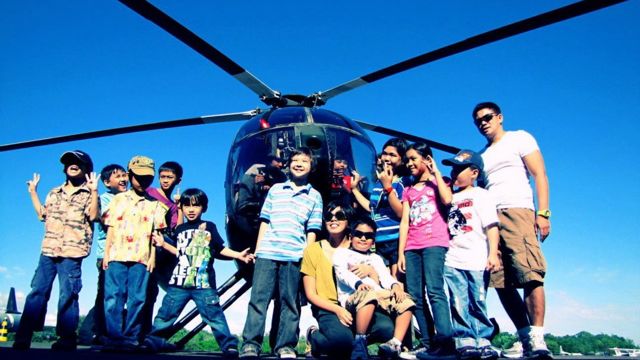
MANILA, Philippines – What do you get when you combine the values of traditional classroom schooling and the freedom and flexibility of homeschooling?
You will create an eclectic learning approach called “blended learning” where education comes not only from classroom mentors, but extends to the home, the community and the entire world.
Blended learning is not a revolutionary idea. On the contrary, it is a return to what is natural, a back-to-basics approach where the child’s natural learning tendencies, interests and passions are respected as much as the prescribed curriculum.
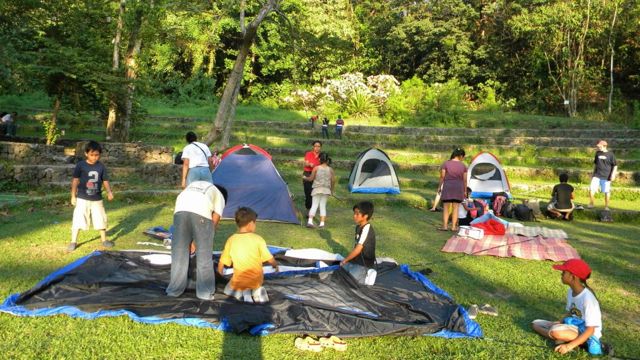
On the one hand, part of it is similar to the structured classroom teaching by certified educators, which traditional parents still favor. On the other hand, a greater part of it allows for parents — who are supposed to know the child better and more deeply — to step in and nurture the child’s natural talents by finding teachable moments in their daily lives.
Blended learning addresses the observed disadvantages found in traditional schooling: too many students, too few mentors, lack of focus and time for each child, difficulty in addressing individual needs and development and the cookie-cutter teaching solutions that are failing on so many levels.
Critics of homeschooling might also find plenty of a-ha moments in blended learning, e.g., socialization and communication issues are not a problem among blendies, the nickname for blended learners.
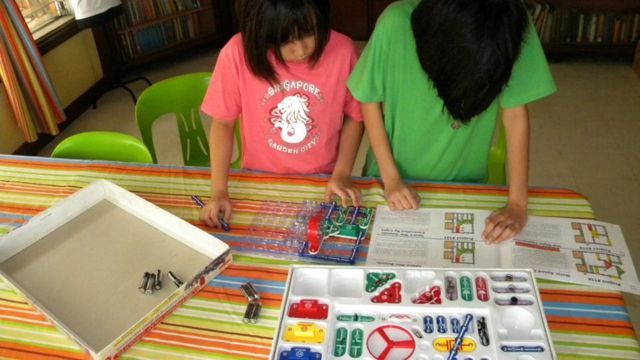
The first and only blended learning center in the Philippines
The Center for Blended Learning in Cubao started back in 2007 as an after-school center that offered enrichment and play activities to young students.
Soon after, the parents noticed that their children were enjoying the after-school activities more than their regular classes and so requested Joanne Tupas-Parsons, the center’s founder, to turn it into a regular school. Since then, Parsons has been leading the local movement to provide a “blended” approach to learning by creating a system that effectively combines classroom and home schooling.
Gina Abuyuan will be taking the helm this year as Parsons moves back to the US, not to abandon the center but to establish connections with international mentors and institutions and create more global opportunities for our local students.
“There are things that we can teach our children at home, but there are also benefits to be obtained from learning with peers and mentors,” Parsons explains. “It is essentially blending the best of many worlds: the home — where they learn values, get their sense of self, build their foundation — and the school, where the core subjects are taught.”

Blendies come to school 3 times a week, of which two days are devoted to learning their core lessons. The remaining day in school is spent on enrichment activities like playing games and working on art projects. The rest of the week is spent at home, learning with their parents.
Parents are licensed to get creative so some teach origami, for instance, or a foreign language like Russian. Other less bookish parents opt to educate through food or cooking, or by bringing the child on field trips or traveling.
In choosing the home subjects, one important guideline is the child’s interests, hobbies and passions. When you nurture their natural love for learning, you are creating a lifelong learner, which is what education is all about.
According to Parsons, “The core subjects like Math and Science are only half of what they should know more about. Global awareness, media literacy, critical thinking, public speaking, communication — these are the other things that they also need to learn.” She believes that only she as a parent can teach her son how to live, or how to be a good person.
“There are things that children can only get from parents, that is why learning shouldn’t just happen in school,” she says.
Last year’s batch of blendies did very well in the DepEd-prescribed standardized test that Parsons could not help but exclaim: It works!
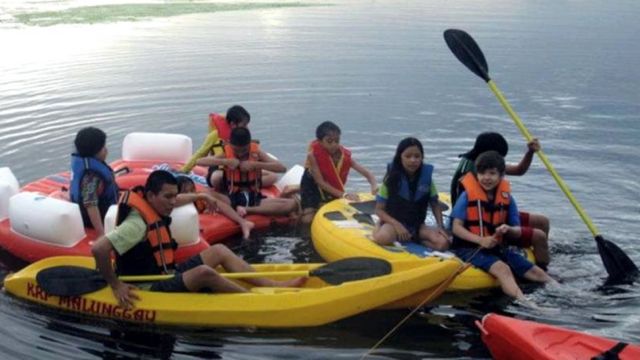
Raising global kids with local roots
The center’s goal is to raise a global child. This is an individual who is rooted, knows who he is, appreciates and embraces his being Filipino, while having global skills and mindsets and working towards global dreams.
The world is changing in ways that we cannot anticipate. Technology, information and innovation are propelling the world into “a future that we don’t know about.”
Given this scenario, Parsons asks: “How are we going to educate our children?”
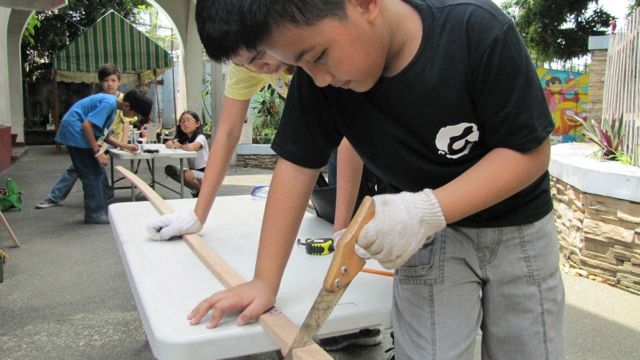
Traditional schooling, which used to be “okay” (because we turned out okay, didn’t we?) may not be enough anymore.
It’s high time parents keep up and start looking into alternative learning models that could give their children a better chance at success in a highly competitive, uncharted and high-tech future world. – Rappler.com
Add a comment
How does this make you feel?
There are no comments yet. Add your comment to start the conversation.